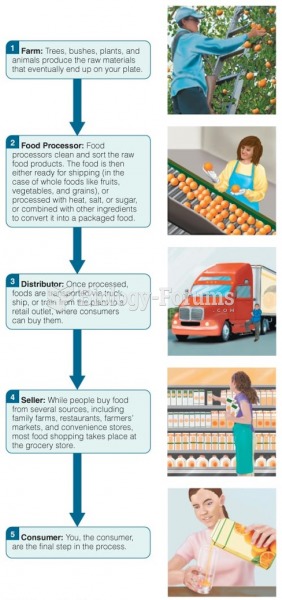|
|
|
During the twentieth century, a variant of the metric system was used in Russia and France in which the base unit of mass was the tonne. Instead of kilograms, this system used millitonnes (mt).
Stevens-Johnson syndrome and Toxic Epidermal Necrolysis syndrome are life-threatening reactions that can result in death. Complications include permanent blindness, dry-eye syndrome, lung damage, photophobia, asthma, chronic obstructive pulmonary disease, permanent loss of nail beds, scarring of mucous membranes, arthritis, and chronic fatigue syndrome. Many patients' pores scar shut, causing them to retain heat.
Pubic lice (crabs) are usually spread through sexual contact. You cannot catch them by using a public toilet.
Human stomach acid is strong enough to dissolve small pieces of metal such as razor blades or staples.
The heart is located in the center of the chest, with part of it tipped slightly so that it taps against the left side of the chest.







